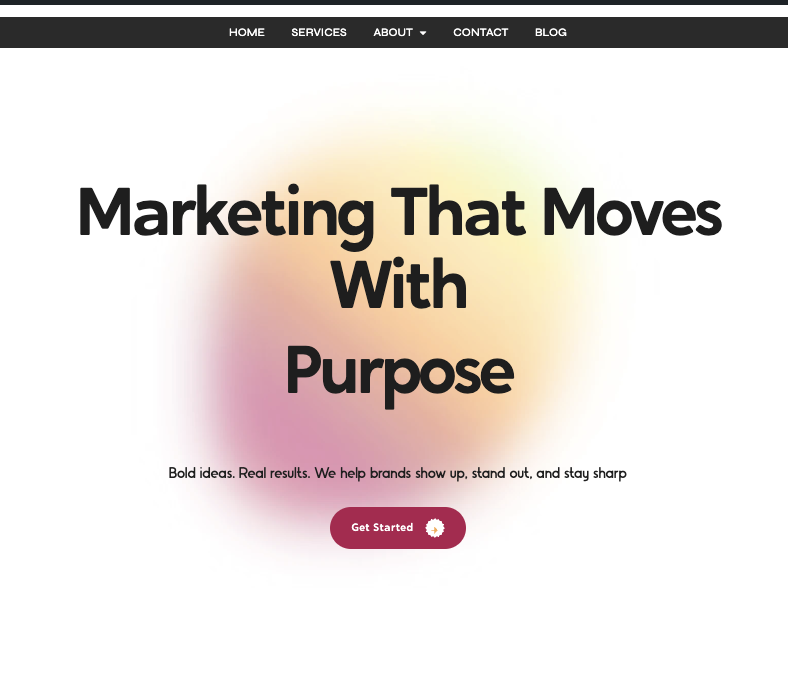AI can assemble thousands of words in seconds, but speed doesn’t guarantee substance. Even the most advanced language models still miss the subtleties that make content meaningful. That’s why human eyes still matter in shaping AI content strategy—not as an optional step, but as the final safeguard for accuracy, nuance, and trust.
The increasing reliance on AI in marketing has brought undeniable efficiencies. From quick content drafts to large-scale campaign automation, these tools can transform how teams work. But they are not replacements for human judgment. In fact, as AI becomes more embedded in marketing processes, the role of human oversight becomes even more critical.
The Real Limits of Machine-Generated Content
AI works by predicting patterns, not by applying lived experience. This means it can:
Present outdated information without recognizing its obsolescence.
Miss subtle shifts in industry practices or audience expectations.
Generate tone or phrasing that technically reads well but feels off.
For example, an AI might highlight a marketing trend that peaked last year without noting its decline. A human with industry awareness spots this instantly and adjusts the message before it undermines credibility.
These gaps are not the fault of the technology—they’re inherent to how it functions. AI doesn’t “know” facts; it generates text that appears likely based on patterns in its training data. Without human fact-checking, even the most convincing copy can lead readers astray.
When misinformation slips into marketing content, the impact can be far-reaching:
Damaged audience trust
Lower engagement due to irrelevant or inaccurate advice
Potential legal or compliance risks
That’s why review processes need to be built into every AI-assisted workflow from the start.
Context Is the Missing Layer
Placing keywords in the right spots can satisfy search engines, but it doesn’t guarantee the content speaks to human needs. AI can assemble data points, yet it rarely understands why those points matter in a broader narrative.
Take a campaign about eco-friendly packaging. An AI might emphasize measurable benefits:
Reduced carbon footprint
Waste minimization
Compliance with sustainability regulations
A human strategist can push the content further by connecting those points to real-world motivations:
The pride customers feel when supporting environmentally responsible brands
The competitive advantage of adopting green practices early
Examples from companies that increased loyalty through sustainability
This added context matters. Readers don’t just want to know that something is better for the environment—they want to understand the social, emotional, and even economic benefits tied to those choices.
Cultural Nuance and Brand Voice
Language carries cultural and emotional undertones that algorithms can’t reliably interpret. Without human review, small misalignments in tone or idiom can turn into big missteps.
Some common issues in AI-generated text include:
Humor that works in one culture but feels inappropriate in another.
Idioms that confuse international audiences.
Shifts in voice from one article to the next weaken brand identity.
For example, a phrase like “hit it out of the park” may resonate with North American audiences but leave others puzzled. A human reviewer can replace it with a metaphor that aligns better with the target market.
This is where content editors act as brand stewards. They protect consistency, adapt phrasing for local audiences, and ensure that the tone aligns with the brand’s personality—whether that’s authoritative, conversational, or somewhere in between.
Ethics and Responsibility in Content
AI models inherit biases from the material they’re trained on. Left unchecked, those biases can influence tone, examples, and even topic selection.
A human-led review process can:
Remove stereotypes and exclusionary language.
Ensure diverse and accurate representation in examples and imagery.
Verify claims against authoritative, up-to-date sources.
Consider a piece of content about workplace culture. An AI system might unintentionally overrepresent one demographic in its examples, leaving out other groups entirely. Human oversight ensures balanced representation and avoids alienating parts of the audience.
Ethics in AI content production also extends to transparency. Some brands now include a brief disclosure when AI is used in content creation—not as a warning, but as a statement of integrity.
Human Creativity in Strategic Direction
While AI can suggest dozens of topics or angles, it can’t determine which will resonate most right now. Strategic choice requires market knowledge, timing, and awareness of audience sentiment—skills that come from human experience.
Consider a case where AI proposes articles on “top social media tools.” A human strategist may recognize that the audience already knows the major platforms and instead focus on measuring ROI from niche social campaigns—a more relevant and less saturated topic.
Humans also bring storytelling instinct to the process:
Spotting connections between emerging trends and audience concerns.
Prioritizing ideas with the highest potential impact.
Shaping narratives that are both informative and memorable.
Storytelling is where strategy meets creativity. An AI can compile facts, but only a human can weave them into a narrative that resonates beyond the screen.
Building a Collaborative Workflow
The best results come from using AI and human reviewers together, each playing to their strengths. A practical, high-quality content process might look like this:
AI generates a structured draft with relevant keywords and an organized framework.
Human editors refine and enrich the draft with updated data, relatable examples, and brand-appropriate tone.
Final review checks for accuracy, cultural sensitivity, and strategic alignment.
This kind of workflow has benefits beyond quality:
Faster production without compromising depth
Stronger brand voice across multiple campaigns
Reduced the risk of errors slipping into published work
It also helps teams avoid burnout by letting AI handle repetitive tasks while humans focus on the creative and strategic elements that make content stand out.
Why Human Oversight Protects Long-Term Value
Technology evolves quickly, but audience expectations evolve even faster. Readers expect fresh perspectives, current information, and a consistent voice. Human oversight ensures content stays relevant as trends shift.
Brands that maintain this balance between automation and review often see:
Stronger engagement metrics
Increased repeat readership
Higher brand loyalty built over time
Over-reliance on automation may seem efficient in the short term, but it risks producing generic, uninspired material that fails to differentiate the brand. In contrast, pairing AI efficiency with human insight produces content that adapts to the market, maintains relevance, and builds lasting trust.
















